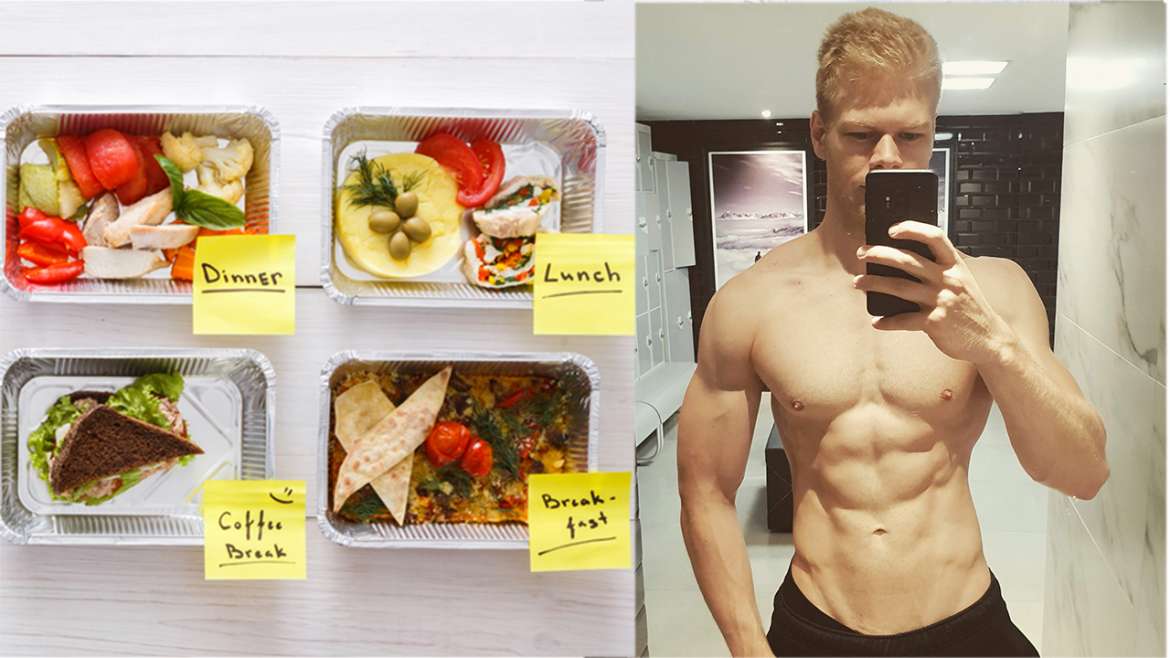Want To Know How To Set Workout Goals That Will Make Your Motivation Skyrocket? Read On…

Like everything in life that is worth pursuing, getting in shape takes time. A beginner looking to build a solid base of strength and muscle (and maybe lose some fat) will see a noticeable difference after two to three months. Drastic changes need four to six months of consistent exercise – sometimes longer. And that is only if you are following a well-designed workout and diet plan.
For someone who is just beginning to hit the gym regularly, this can seem like an eternity. I believe the main reason why so many beginners quit is because they set out to make positive changes in their life but forget to plan accordingly. They expect the initial motivation boost to last forever and don’t anticipate all the possible obstacles along the way. When, after a few weeks, their results don’t match their expectations, many fall off the wagon and tell themselves that working out is simply not for them, or that their genetics suck.
How To Stay Motivated By Setting Good Workout Goals
Whether you want to build muscle, lose weight or simply improve your overall fitness level, taking a more calculated approach towards your end-game will always benefit you in the long run. Follow this step-by-step guide when it comes to goal setting to design a solid strategy for success.
Setting Workout Goals – Step 1: Define Your Vision
It doesn’t really matter what your long-term goals are, as long as you have them. This is the finish line toward which every workout, diet choice and lifestyle decision should ultimately lead. A good way to get started on the process is by using the “SMART-Formula”, which stands for Specific, Measurable, Attainable, Realistic and Timely.
It forces you to come up with clear and well-defined goals that are measurable. Instead of “I want to get stronger” your goal would state “I want to increase my bench press max by 20% until the end of the year”. When defining gym goals, make sure they not only fit the SMART- Formula but also trigger positive emotions. Every time you read them you should be fired up and ready to face any obstacle in your way.
Setting Workout Goals – Step 2: Check Your Present Physical Condition
After defining gym goals that you are passionate about and before you get to work, take some time to find out where you are now, relative to where you want to be. Check your weight, measure the circumference of your arms, chest, belly and legs and take a “before” photo. You should also determine your one-rep max (1RM) for bench press, deadlift, squats, military press and any other exercise you want to improve. You can do this by either going to the gym and testing them one after the other, or you can calculate your 1RM here.
Along with your level of fitness you should check your available resources. The most important one is time, but necessary equipment and personnel also play a big role. Make sure you know when, where and with whom you are going to train. Answer questions like: Does my gym have all the necessary equipment for my workouts? When will I eat and should I prepare my meals in advance? Do I need the support of someone else (e.g. a personal trainer)? If so, who is best suited for this role?
Setting Workout Goals – Step 3: Create An Action Plan
Now that you know where you’re currently at and where you want to go, it’s time to plan how to get there. When it comes to an action plan for gym goals, your workout and diet plan will be the most important weapons in your arsenal. All well-designed fitness programs have one thing in common. They are systematically progressive: Over time you’ll increasingly lift more weight or perform more repetitions.
If you are a beginner looking for a workout program that is proven to get you results check out this article:
For a step-by-step guide on diet planning read this one:
Setting Workout Goals – Step 4: Track Your Progress
Progress can be small at first (e.g. a few extra pounds added to the major exercises each (other) week), but over time these incremental improvements add up and you will see the difference. Of course, there will be setbacks and you don’t have to set a personal record every time you work out, just make sure that over the long haul you get closer to achieving the workout goals that you defined at the beginning.
Make sure to record your data using a workout and diet log. Constantly tracking your reps and calories can be a bit annoying at times, but many studies have shown that those who keep a progress journal are most likely to achieve their goals. I know from personal experience that the act of keeping notes is often enough to cause a change in behavior.
Setting Workout Goals – Step 5: Review And Adapt Regularly
Every so often you will want to assess how you’re doing – not too soon to give your body time to adapt, but not too late either, otherwise you might lose track of your gym goals. Once every two to three months is a good time to sit down and compare the status quo to your original goals. Reward yourself if you met a goal and see it as a valuable lesson if you didn’t. In case you fell short or several goals, don’t freak out. This means your action plan needs reworking. Identify possible factors which could have hindered your progress and try to avoid them if possible. If not, for example with family and work obligations redesign your action plan to better suit your current lifestyle.
Feel Free To Ask Questions And Share Your Thoughts In The Comments Below!



